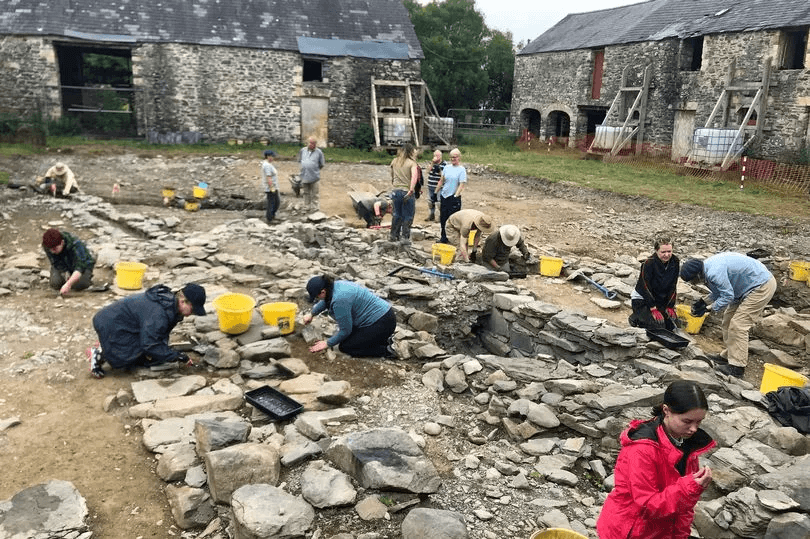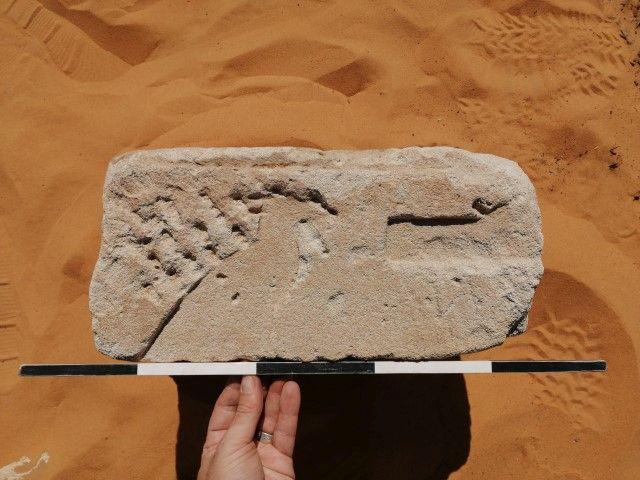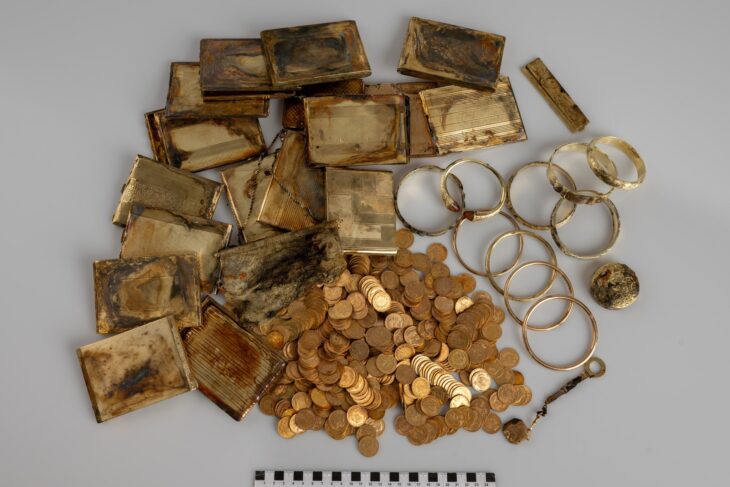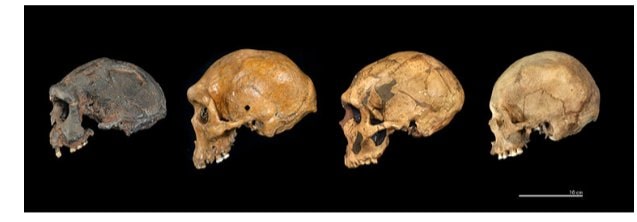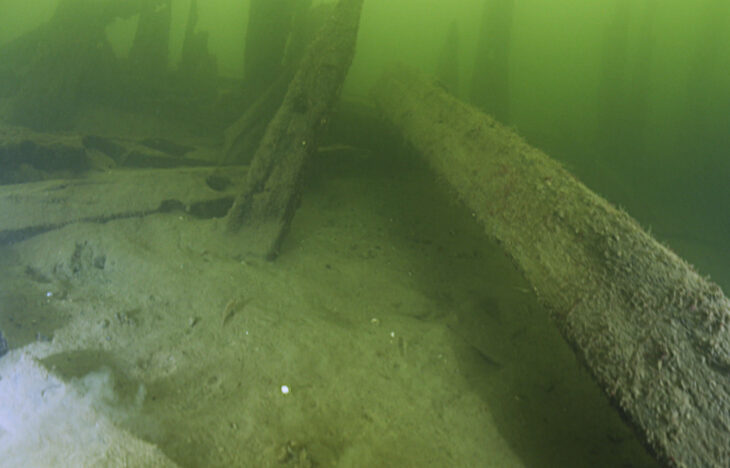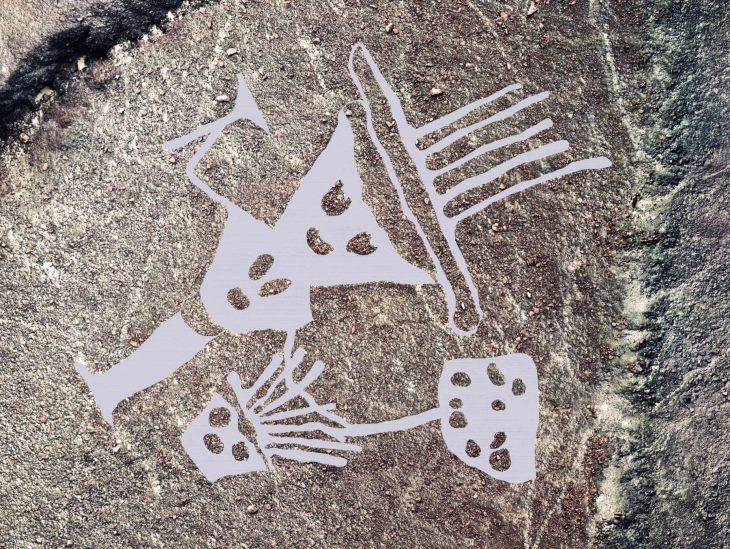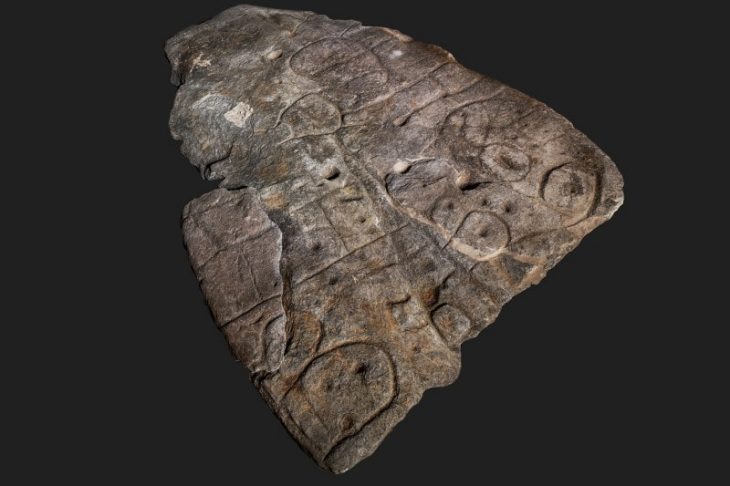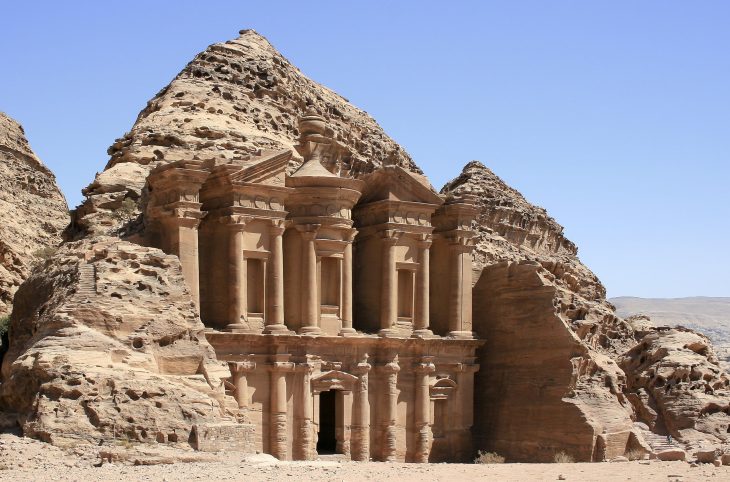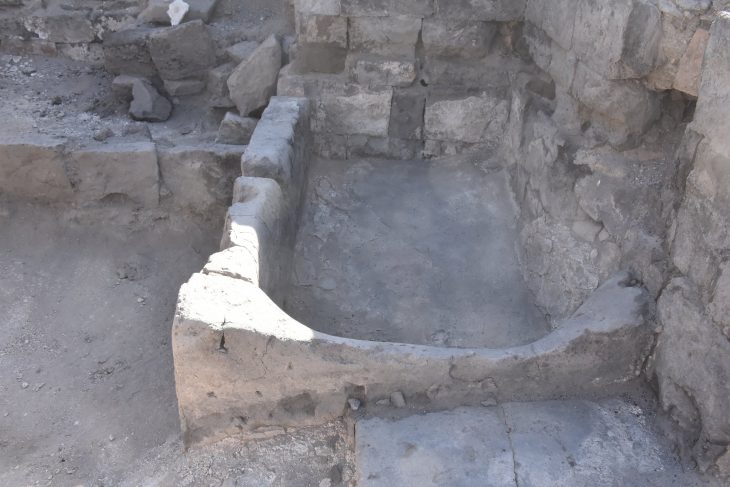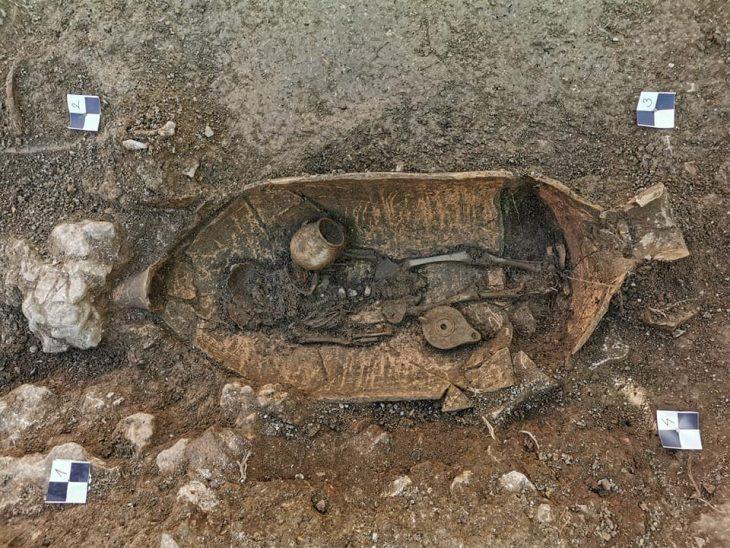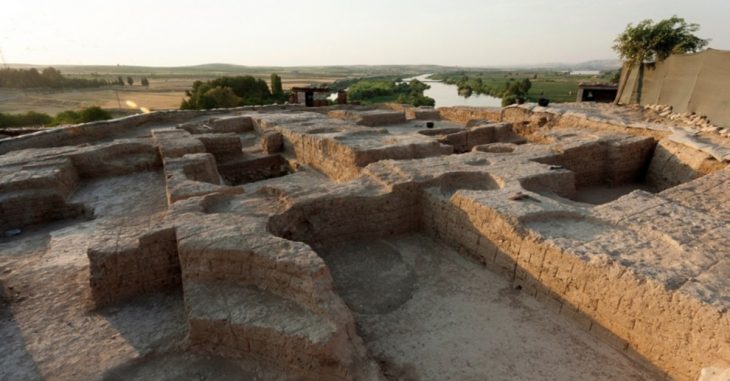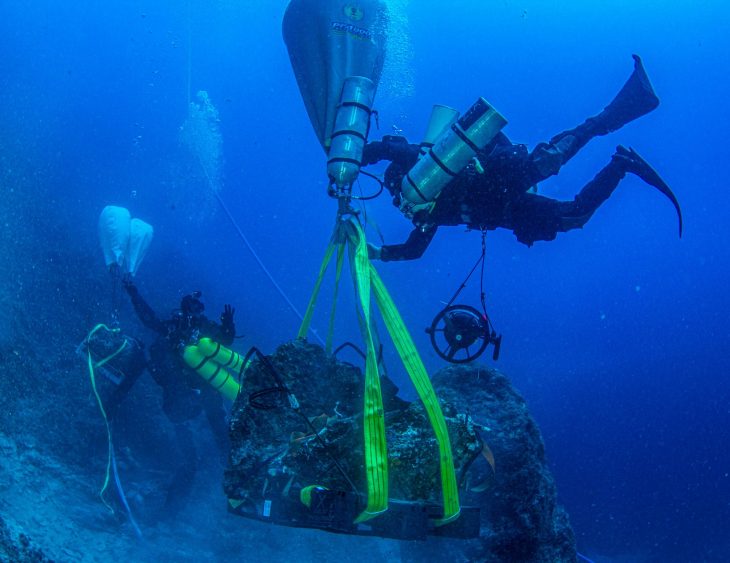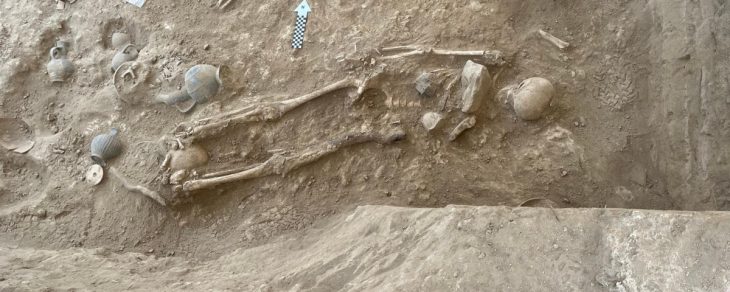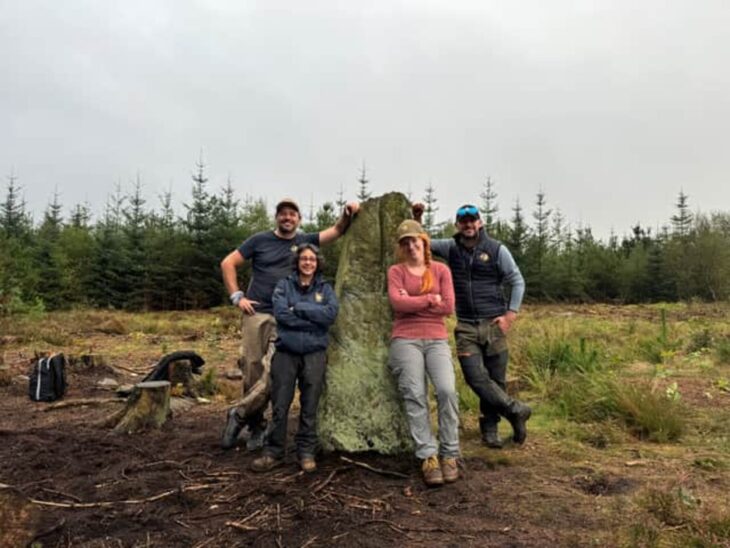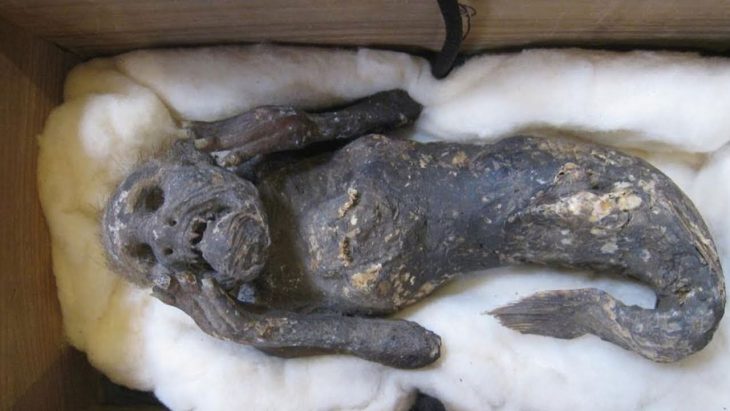Archaeologists working in Wales revealed recently they may have discovered a Celtic monastery at the site of a 12th-century Cistercian monastery in Mid Wales.
The abbey of Strata Florida – Latin for ‘Vale of Flowers’ has stood in the western heartlands of Wales. Once a great Cistercian monastery in a landscape of immense spiritual importance to the Welsh people for a thousand years.
Archaeologists told Nation Cymru that an ancient, possibly (probably) Celtic monastery may have once stood at the location of a Cistercian abbey from the 12th century close to the Cambrian Mountains by the village of Pontrhydfendigaid.
The archaeological exploration at the abbey started twenty years ago, initially looking at landscapes and field structures. More recently, the focus shifted to the courtyard of Mynachlog Fawr Farm, which is next door to the abbey. The discovery came amid an analysis of a courtyard next to the abbey, on this farm.
These excavations have revealed structures and features under the courtyard, including a major aqueduct and medieval buildings which once formed part of the abbey. The remains of one stone building intrigued archaeologists as it appeared to be earlier than the rest.
📣 Our WhatsApp channel is now LIVE! Stay up-to-date with the latest news and updates, just click here to follow us on WhatsApp and never miss a thing!!
Three charcoal samples were collected from medieval buildings last summer and sent to radiocarbon dating laboratories. One sample later yielded dates between 1166 and 1268 AD, around the time the abbey was founded. Curiously, however, the other two date ranges came back as 1028-1172AD and 1017-1158AD – long before the abbey was founded in 1184.

“The last two of these dates are from the earlier building and, given that the Cistercian abbey was not founded on this site until 1184, they seem to suggest that the building is pre-Cistercian in date,” said the local trust director Carys Aldous-Hughes, according to Nation Cymru.
“One of the main focuses of the upcoming 2024 excavations will be the further examination of this building by attempting to find its original floors and any features associated with its earlier use and function. These will offer a glimpse into the history of this site before the Cistercians arrived.”
Strata Florida is also known as Ystrad Fflur among locals. It was founded in the Cambrian mountains close to the village of Pontrhydfendigaid, Ceredigion, by white-robed Cistercian monks. According to Cadw, a Welsh heritage organisation, it eventually rose to become the second most famous church in Wales, after St Davids. This location has served as a site of devotion and the ultimate resting place for renowned poets and numerous Welsh princes from the Middle Ages.
It was recently found that a sizable channel with stone lining crosses the southernmost point of the abbey. Experts now believe this was an aqueduct that brought water from a river to the complex through a series of ponds, dams, and least.
The aqueduct was bounded on both sides by a 1.2-meter-wide bank, which raised the channel 1.5 meters above the abbey floors, allowing water to be distributed solely by gravity. Because the banks were made of puddled clay, the structure was completely waterproof.
Recent findings have validated the long-held suspicion that the location contained older structures. Archaeologists are now eager to delve further to learn more about the functions of these structures.
Cover Photo: Excavations by Strata Florida Trust’s Archaeology Field School have begun to unearth the abbey’s pre-Cistercian history. Photo: Strata Florida Trust

